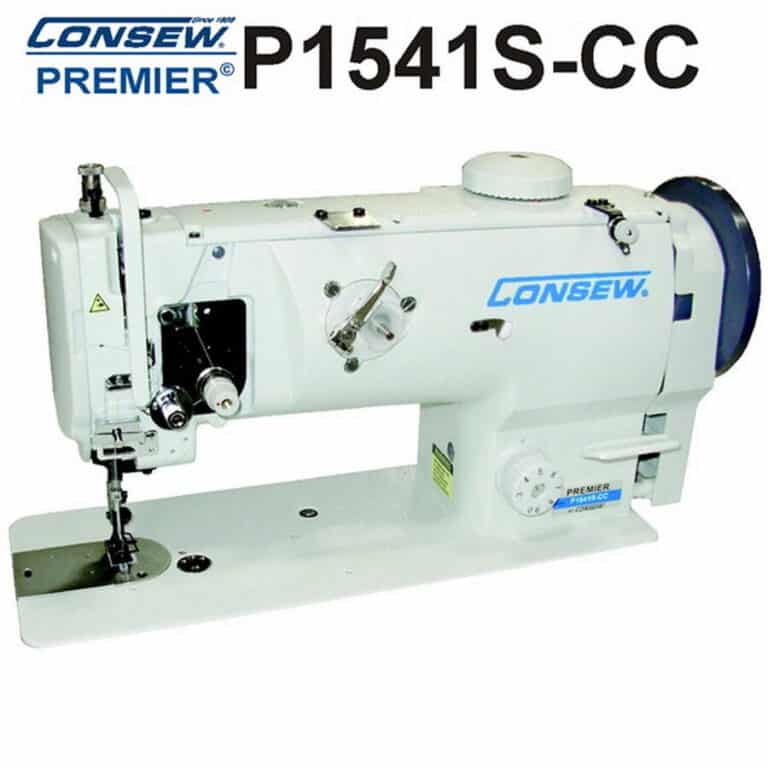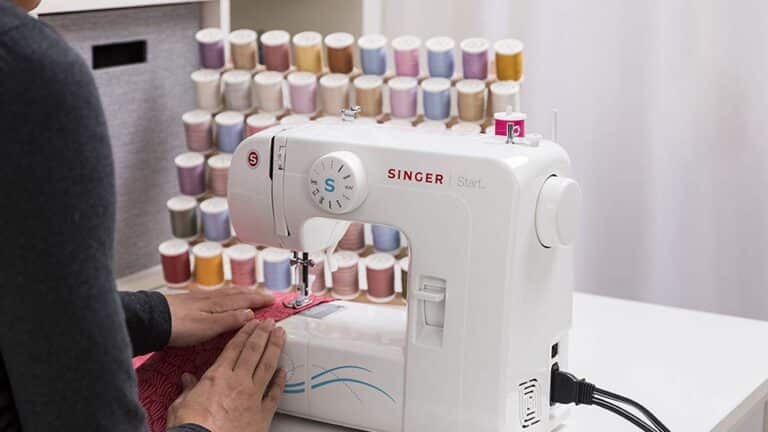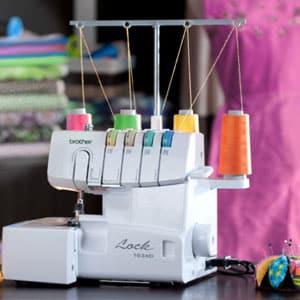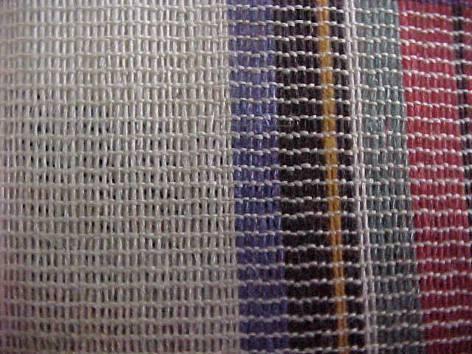Understanding the Backstitch
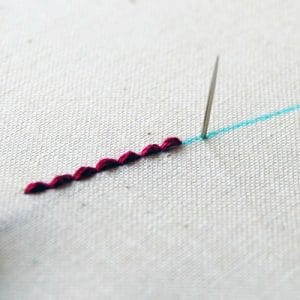 If you’re new to sewing and you’re just learning the ropes, you might find that you’re a little overwhelmed; the very sight of your sewing machine may even make you feel a little bit panicked. Your feelings are totally understandable, as there are so many different stitches to learn; however, take a deep breath, because you’ll find all the answers you need to get you going with a sewing help guide – and right here, on Seam Secrets!
If you’re new to sewing and you’re just learning the ropes, you might find that you’re a little overwhelmed; the very sight of your sewing machine may even make you feel a little bit panicked. Your feelings are totally understandable, as there are so many different stitches to learn; however, take a deep breath, because you’ll find all the answers you need to get you going with a sewing help guide – and right here, on Seam Secrets!What is a Backstitch?
The backstitch is one of the most basic stitches, and it’s one of the most important sewing essentials, as you’ll use it often with both your machine and when you’re using a hand sewing needle. It’s used when you’re sewing a seam to secure the beginning and finishing seams; in other words, it prevents a seam from unraveling.
Every computerized sewing machine and embroidery machine features a backstitch feature, it’s important to know how to make this stitch on your own, as it’s one of the most crucial stitches and it’s used in virtually all sewing projects, whether you’re creating a drapery, or you’re crafting an embroidery project. It involves making individual stitches that go backward from the general direction of your sewing.
Backstitch Technique
It’s easiest to create a backstitch on a sewing fabric that has an even weave, such as knits, linen, twill, or any upholstery fabric, as the threads can easily be counted on these types of fabrics, which makes the process easier. Typically, the stitch is done from right to left, and they are made in a “two steps forward, one step back” manner. For example, if you’re making a curtain, you’ll need to use the backstitch when starting and stopping on the seam in order to ensure that it doesn’t unravel.
The basics of executing the backstitch are as follows:
Sewing machine
- Sew five forward stitches
- If you’re working on a sewing machine, select the backstitch button and allow the machine to complete five backstitches
- After five backstitches have been made, proceed with forward stitching
- Tips:
- Keep in mind that the fabric will feed backwards while you’re backstitching
- Try to guide the thread over the forward stitches as best as possible
Hand sewing
- Mark your seam; doing so will help to keep your seam as straight as possible.
- Thread your needle and push it into the fabric at the point where you want your seam to begin, or wherever you are bringing two pieces of fabric together.
- To make the strongest backstitch, bring then needle back through both layers of fabric right in front of the previously made stitch.
- Continue this process until you have complete five backstitches, then continue on with your forward stitching.
Of all the stitches you’ll do in your sewing room, the backstitch is one that you are going to do the most frequently. With a little practice, you’ll have it mastered in no time!


